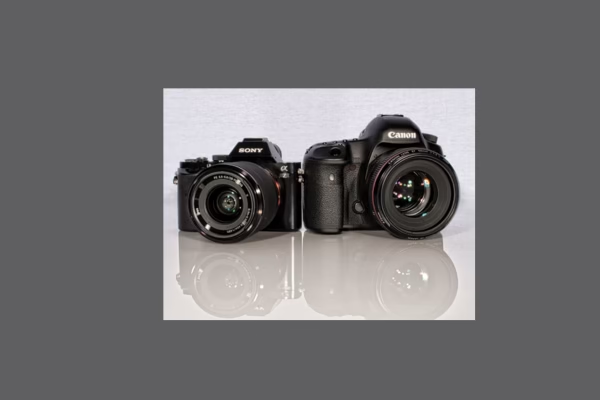Photography is all about capturing light. The way light interacts with a subject determines the mood, tone, and overall impact of an image. One of the most essential aspects of photography is light metering, a technique that helps photographers measure the intensity of light to achieve a well-exposed image. Whether you’re a beginner or a professional, understanding how light metering works can significantly improve your photography skills.
What is Light Metering?
Light metering is the process of measuring the amount of light in a scene to determine the optimal exposure settings—shutter speed, aperture, and ISO. Most modern cameras come equipped with built-in light meters that analyze the light reflected off the subject and suggest appropriate exposure settings.
A properly metered shot ensures that the highlights and shadows in an image are well-balanced, avoiding overexposed (too bright) or underexposed (too dark) photos.
Types of Light Meters
There are two main types of light meters in photography:
- Reflected Light Meter – This type of meter measures the light that bounces off the subject and enters the camera. Built-in camera meters use reflected light metering, analysing the scene based on the light reflected toward the lens. However, it can sometimes be inaccurate in extreme lighting conditions (e.g., very bright or dark backgrounds).
- Incident Light Meter – This handheld device measures the light falling onto the subject, rather than the light reflecting from it. It provides more accurate readings, especially in controlled studio environments, because it isn’t affected by the reflectivity of the subject. Professional photographers use incident meters for precise exposure control.
Light Metering Modes in Cameras
Modern DSLR and mirrorless cameras offer different metering modes to suit various shooting conditions. The three most common metering modes are:
1. Matrix (Evaluative) Metering
Matrix metering (also known as evaluative metering in Canon cameras) divides the frame into multiple zones and analyzes light intensity, contrast, and colour in each area. The camera then calculates the best exposure based on these factors. This mode is ideal for general photography, landscapes, and well-balanced lighting conditions.
2. Center-Weighted Metering
Center-weighted metering prioritizes the central area of the frame while still considering the surrounding light. This mode is useful for portrait photography or situations where the subject is in the center of the frame and you want to ensure proper exposure for it.
3. Spot Metering
Spot metering measures light from a very small portion of the scene, typically 1-5% of the frame. This mode is beneficial when photographing high-contrast scenes, such as a backlit subject, or when you need precise control over exposure for a specific part of the image.
How to Use Light Metering Effectively?
1. Understand Your Scene
Before selecting a metering mode, assess the lighting conditions. Is the scene evenly lit, high-contrast, or backlit? Choosing the appropriate metering mode based on the scene can help achieve accurate exposure.
2. Use Exposure Compensation
Sometimes, a camera’s light meter can be fooled by tricky lighting situations, such as snow or dark backgrounds. Exposure compensation allows you to manually adjust the exposure to brighten or darken the image as needed.
3. Check the Histogram
A histogram is a graphical representation of an image’s exposure. Reviewing the histogram can help identify whether the image is overexposed or underexposed, allowing you to make necessary adjustments.
4. Use a Handheld Light Meter for Accuracy
For professional or studio photography, handheld light meters provide precise readings, especially when working with external flashes and strobes.
5. Practice with Different Metering Modes
Experimenting with different metering modes in various lighting conditions will help you understand how they affect exposure and improve your ability to choose the right one for each situation.
Light metering is a fundamental aspect of photography that ensures proper exposure in every shot. Whether using a built-in camera meter or a handheld light meter, understanding how different metering modes work can greatly enhance your photographic results. By mastering light metering, photographers can capture images that accurately reflect their artistic vision and create stunning compositions. So, next time you pick up your camera, pay attention to your metering settings and watch your photography improve significantly!

